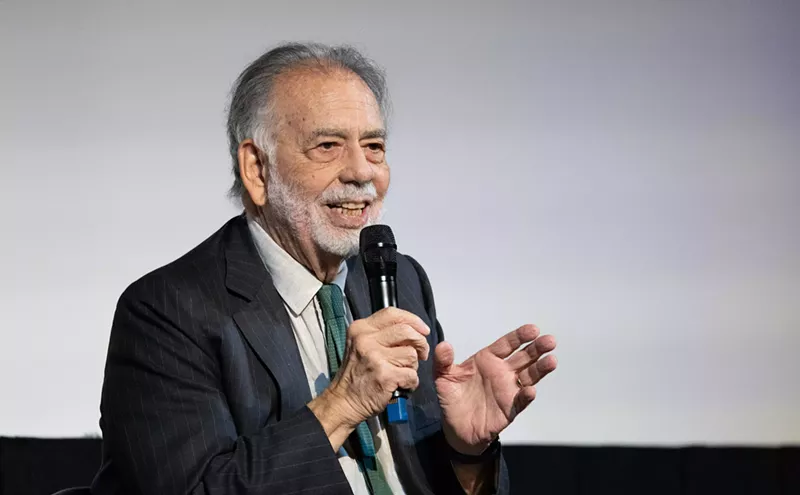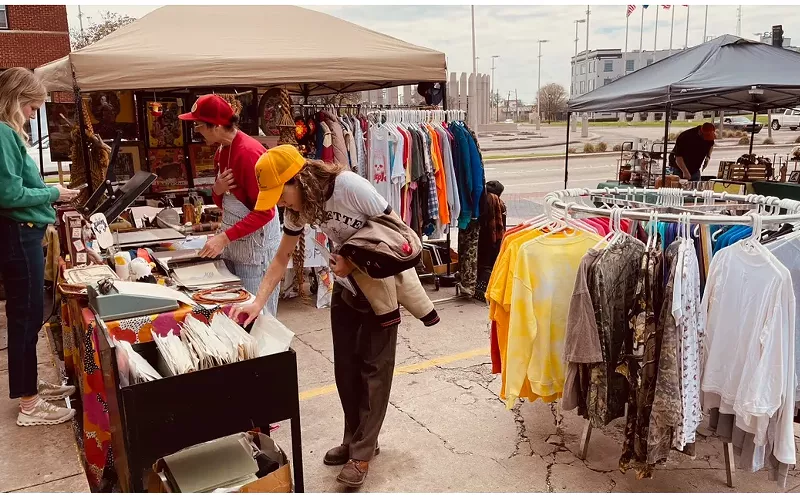Standing on the Cinécittá Studios in Italy, where his crew has built for him a board-by-rotting-board replica of New York in the mid-1800s, Scorsese frets over panes of glass, over billows of dirt, over specks in the unseen background. He explains to a visiting Roberto Benigni that George Lucas came to the set and said, "Marty, a computer could do the whole thing." Maysles, who co-directed Gimme Shelter among so many other docs with and without his late brother David, lets us see how such a notion galls Scorsese. Of Lucas, the director explains with a broad grin, "We're complete opposites."
Someone who's very much like Scorsese is Wes Anderson, the subject of the second installment. On the set of his forthcoming The Royal Tenenbaums, Anderson fusses with tiny figures on murals painted by his brother Eric; they will adorn the walls of Luke Wilson's character's room, and they tell the story of the film's dysfunctional family. Though they will be little seen in the film, Anderson can't stop retouching them. Later, he explains, "I try to be a little relentless about getting the details exactly, exactly as I planned them." Anderson and Scorsese, through Maysles' lens, share a particular madness: the mania of the director trying to make possible what the imagination's already made tangible.












